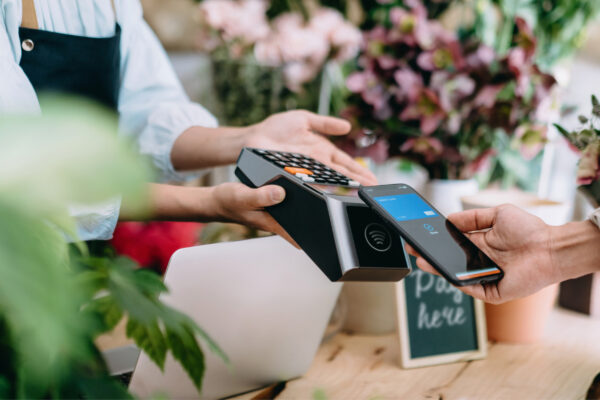
What is AI and why do retailers care?
AI – or artificial intelligence – has been garnering great attention across every industry sector for decades. While the origin of the concept goes back to the time of antiquity, the actual formal approach to the field of artificial intelligence rally had its start in the 1950s. While the comic book concept of artificial robots with human-like features may have been replaced with smart technology, the aurora and mystical qualities that surround AI persists.
For today it is important to know that the ability to use technology to demonstrate artificial intelligence is defined by Merriam Webster as, “The capability of a machine to imitate intelligent human behavior” or per a Google search, AI is described as the use of technology to “perform tasks that normally require human intelligence, such as visual perception, speech recognition, decision-making, and translation between languages.”
It does not take a great visionary to anticipate that artificial Intelligence (AI) in 2019 will continue to rapidly evolve, significantly impacting the retail experience in many ways.
AI is the basis for the use of technology to have robots cruising around in the stores to add value for customers, delivering goods to home and office, providing online or in-store smart shopping suggestions based on previous selections, or even tapping into image recognition for cutting edge check-out options such as at Amazon Go stores. All of these examples, which were once seen as ‘futuristic’ scenarios, have evolved from current massive technological advances.
So what is coming next in the world of robotics?
While several retailers have begun using in-store robots, one of the most frequent scenarios includes the exciting GIANT food store introduction of 172 robotic assistances beginning over the next few months-with an anticipated completion by mid-year. Adding the robot, Marty, to the staff at the GIANT food store, will bring value for consumers and employees alike. Not only will the robots identify and address hazards and spills, but they will also perform other mundane tasks that will free up human employees to interact more frequently in a more meaningful way with the customers.
In the last few years robots have been used routinely by retailers for monitoring store shelf inventory, assisting shoppers with access to out of reach items, price checking and other automated duties – and these roles will continue to expand as technology supports new competencies.
Robots, including drones, have also been tagged for driverless deliveries. Food and pharmaceuticals have been the early targets but the menu continues to expand as drone delivery is also being augmented by self-driving commercial vehicles carrying groceries and take-out foods.
What else can AI technology do for the retail experience?
Along with the deployment of robotics, the overall use of technology is now central to the retail experience. Interactive smart boards routinely help in-store shoppers instantly identify specific inventory (where can I find those sneakers that are on sale?), ‘magic’ mirrors show images of how to accessorize apparel, and Amazon Go broadens its ‘just walk out’ capabilities.
While many of these technological advancements seem to be hitting the retail world at an unusually accelerated pace, the reality is that many of these technology driven tools have been on the drawing board for some time. As technology offers more practical alternatives, new changes are being rolled out that have been in the development mode for many years.
Like many new ideas, the larger chain stores are the early adopters. For local chains and single store owners, it may be a slower acceptance process. The cost of providing some of these services to customers may far outweigh the benefits that it will reap if it cannot be scaled to the size of the organization’s operations.
For the smaller retailer and entrepreneur, the most important take-away right now is to remain apprised of the technology as it improves and hopefully becomes more readily available in a variety of commercial situations. In the meantime, finding other ways to ensure that customers have a fantastic in-store experience is critical.
The possibilities are endless as technology continues to take on characteristics of human intelligence while having a profound influence on the future of retail.
We take our responsibility to share retail news with you very seriously, and as such we will continue to follow the constant improvements in the retail world based on rapid technology changes that focus especially on providing information, recommendations and shopper convenience.


